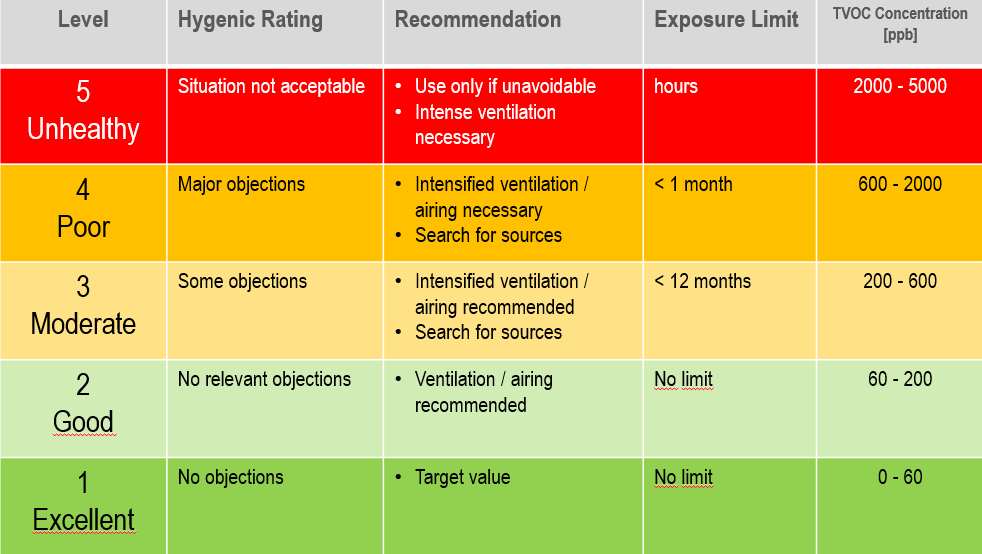By Richard Quinnell, EiC, Electronic Products
The current generation of smartphones already has an array of sensors being put to clever uses to monitor your environment. Now, a multi-element gas sensor has become available that has the small size and long operating lifetime needed to become an addition to that array, bringing smartphones a step closer to being like Star Trek’s all-in-one instrument. If these gas sensors get incorporated, smartphones will be able to assess air quality and warn you of hazards such as sick building syndrome.
The sensors now standard on most smartphones can already be coaxed into providing an astounding amount of information about our environment. Cameras and microphones intended for selfies and video messaging, for instance, can be repurposed to serve as a microscope, measuring “stick,”movement detector, sound level meter, light-level meter, colorimeter, and a host of other applications. Similarly, accelerometers and magnetometers also built into most smartphones can be repurposed from their original applications (screen reorientation, compass) for tasks as varied as machinery vibration analysis and 3D magnetic field mapping.
The stage beyond such physical analysis of the environment may well be adding chemical analysis capability to smartphones. That’s one potential application for a new metal-oxide gas sensor from Swiss firm Sensirion. The sensor specifically measures concentrations of volatile organic compounds (VOCs) — families of gasses given off from humans as well as everyday items such as paint, plastics, cleaners, and some foods they cook — to provide as assessment of air quality. VOCs are known to create health risks from both short- and long-term exposure and are the cause of environmental illnesses such as “sick building” syndrome.
The sensor uses MEMS (micro-electromechanical system) “hot plate” structures coated with metal oxides that, when heated, chemically react with various gas families. The resulting changes in resistance of the metal oxide layer at a given temperature provide a measure of the reaction’s degree and, hence, the gas’ concentration.

Such sensors have existed for many years, but the Sensirion offering has several unique advantages, Vice President Marketing & Sales, Andrea Orzati, told Electronic Products in a phone interview. In a very small (2.45 x 2.45 x 0.9 mm3 DFN) package, Orzati noted, Sensirion combines four sensor “pixels,” each with a different metal oxide formulation. Unifying their signals provides enhanced accuracy when sensing a specific gas, as well as provides a more complete sensing of various gas families, he said. The small size of the sensor also makes it suitable for many consumer applications, such as thermostats, as well as mobile applications — like smartphones.
More importantly, Orzati pointed out, Sensirion has solved a problem that has plagued metal oxide gas sensors in consumer applications: a lack of long-term stability. Orzati said that early experiments showed that the sensors performed well in laboratory and other controlled conditions, but in consumer end-use applications, they would lose sensitivity and become sluggish after a week or so of in-home use. Sensors from other vendors showed the same symptoms, he added.
Further research revealed the problem: siloxanes — compounds of silicone and oxygen that are everywhere in the home environment. “They are used in products like cosmetics, detergents, and the like, as well as being outgassed by silicon (soft) plastics,” Orzati said. “So it was back to the lab.” Sensirion has now devised a way to make their sensors resistant to siloxanes, and provides a stability guarantee to back up that claim. “Metal oxide VOC sensors are no longer just for industrial uses,” he said. “They can be used in consumer environments.”

The sensor, as currently configured, measures total VOC concentration, Orzati said, to provide a “broadband” indication of air quality and has many potential applications. Thermostats can monitor air quality and activate air circulation to automatically control levels. Air cleaners can also be made to automatically activate when needed. And if implemented in smartphones, consumers can check the conditions wherever they are, allowing them to avoid unhealthy environments, mitigate them by opening windows for fresh air, or at the very least, know what they are getting into. As the indoor air quality chart above indicates, some situations are more tolerable than others.
The Sensirion gas sensor formally launches in June and is currently sampling to lead customers. The device is expected to be available through distributors by September. Whether or not it makes it into a smartphone near you is still anyone’s guess. But the potential is there, and smartphone manufacturers have already expressed interest. And if this kind of sensor does get into smartphones, clever folks will find a way to repurpose it and take the smartphone one step closer to that Tricorder dream.
Related articles: Chemical gas sensors on the rise
Advertisement
Learn more about Electronic Products Magazine





